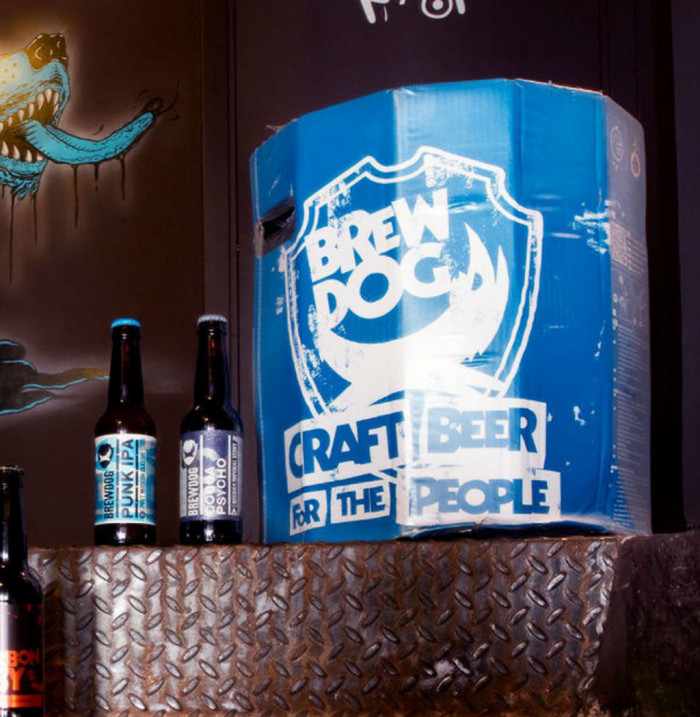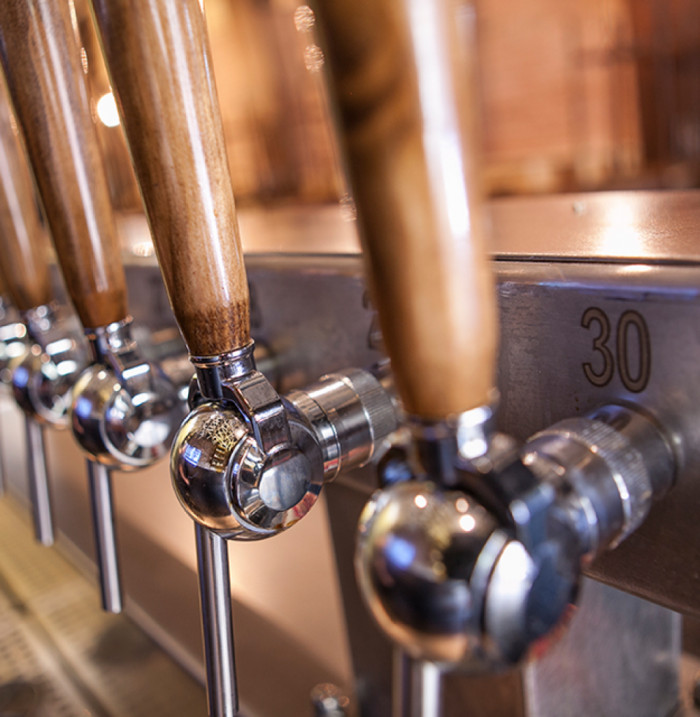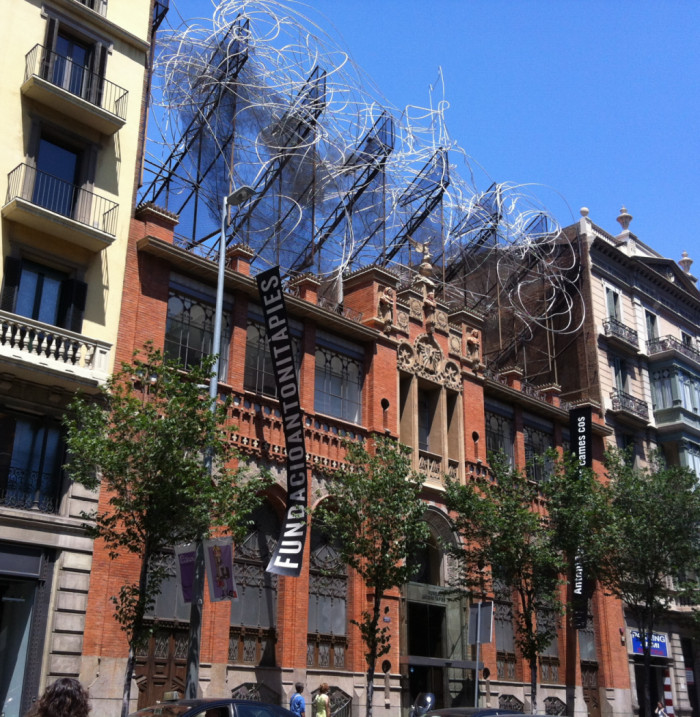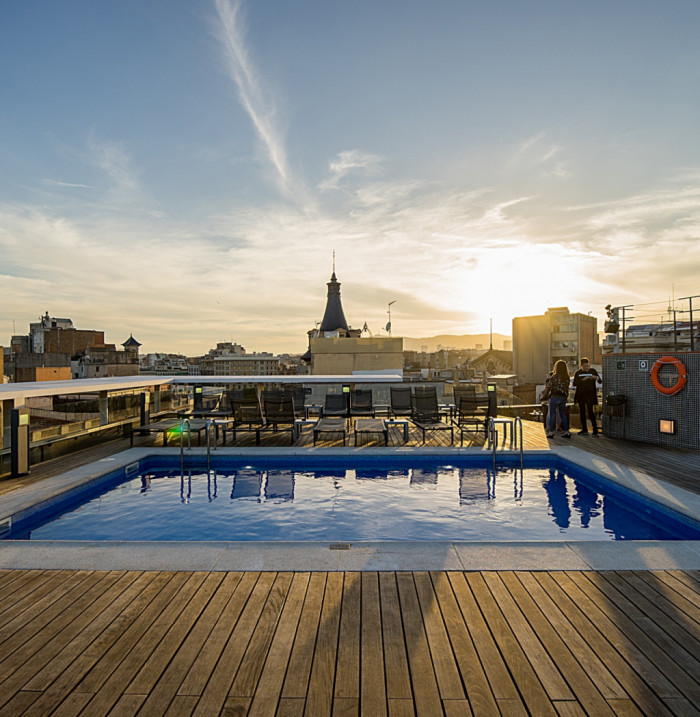- Architecture
The only one that stays open 7 days a week.
Metro: L2 (Purple) - Sant Antoni
Bus: 13, 20, 24, 37, 41, 55, 64, 91, 120, 121, 141 & 144
The Sant Antoni Market is one of Barcelona’s biggest, as it’s made up of three different markets: one for food, one for clothing, and one for books. It first opened in 1882 by the then-mayor Rius i Taulet, and was closed for a period of 9 years while undergoing a thorough renovation process, after which it reopened in May of 2018.
To understand the location of this market, we must travel back in time to the Roman era, when the area was one of Barcelona’s busiest access points. The Via Augusta, which runs through the neighborhood, over the course of centuries became the main route to Llobregat and Madrid. The intersection of so many major roads led to the development of many businesses, hospitals, and convents in the vicinity.
In the 19th century, exponential growth in Barcelona and surrounding areas prompted the development of an open-air market that could provide food and supplies to anyone who entered or left the city from this part of town. Once the city walls came down, Ildefons Cerdà proposed to erect a fixed structure that could house a market to service all the smaller markets within the city walls. That’s how the Sant Antoni Market came to be the first market to be built outside city walls and the first to be officially opened by then-mayor Rius i Taulet. With the passage of time, and making the most of the great wealth of the people who frequented the market, another market was built just next-door, which was designed to sell items other than food, and later evolved into the Encantes flea market of Sant Antoni. Years later, a similar process would ensue to establish a separate market for books and collectibles, making the Sant Antoni Market what it is today.
In terms of the building itself, the market is typical of the steel structures built at the time. Its distribution is different from that of other markets, as it’s in the shape of a Greek cross, with four wide corridors that converge in a central nave, crowned by a cupula or octagonal tower, making it one of Barcelona’s most unique spaces, with Modernista details that have landed it recognition as a cultural asset of local interest.
In 2009, the market began a thorough transformation that took 9 years in total, due to the surprise discovery of archaeological remains that dated back to the Barcino of ancient times. It finally reopened again in 2018 and since then has received about 20,000 visitors daily.










